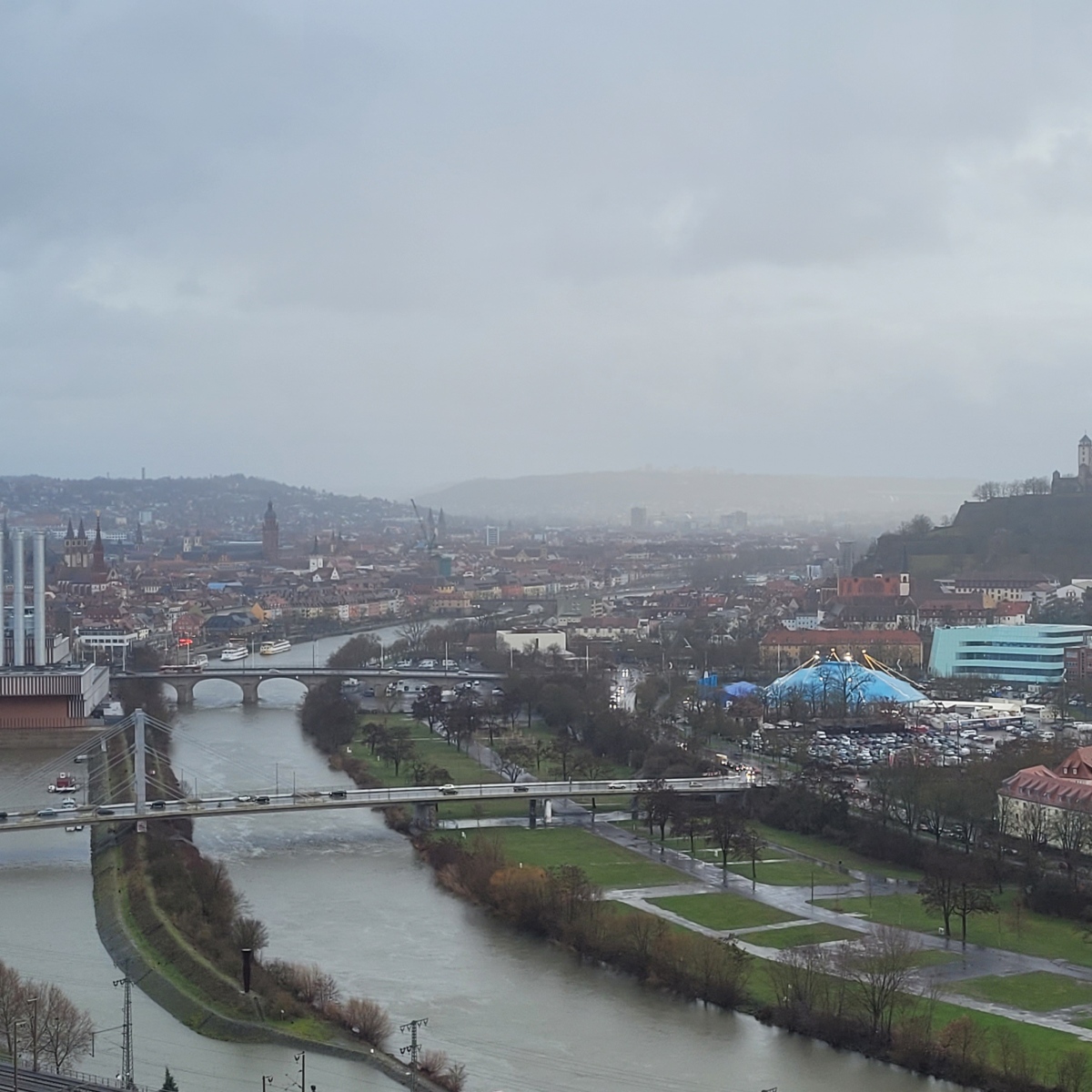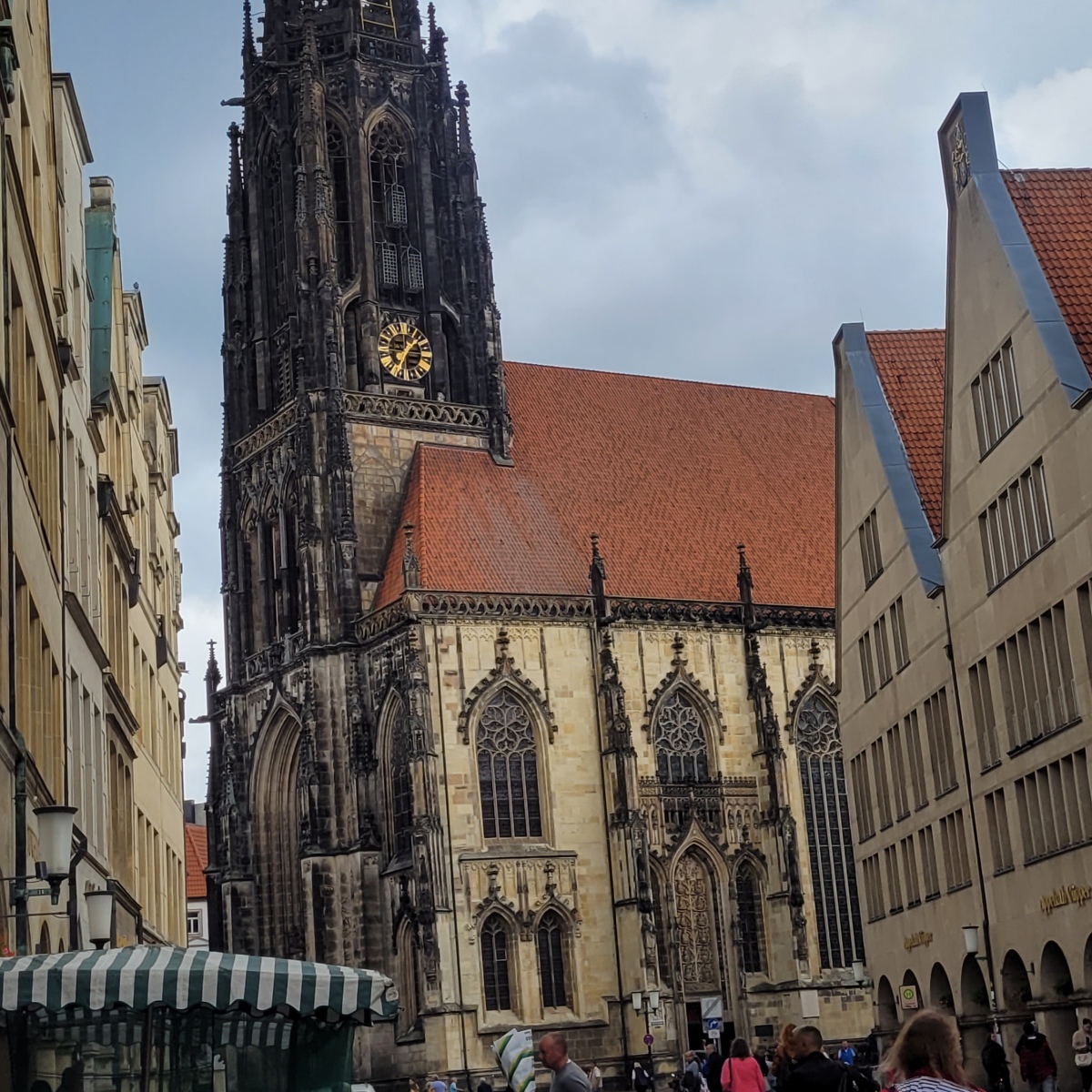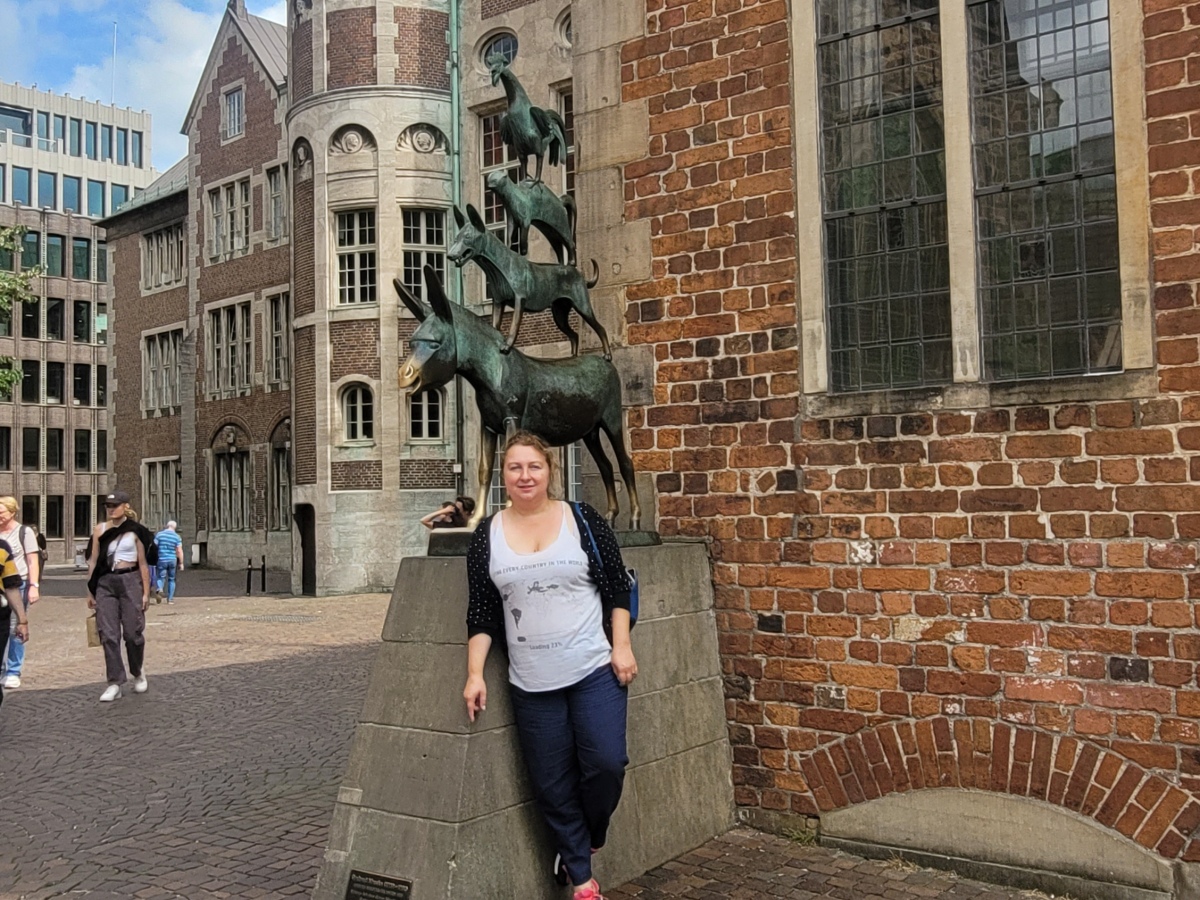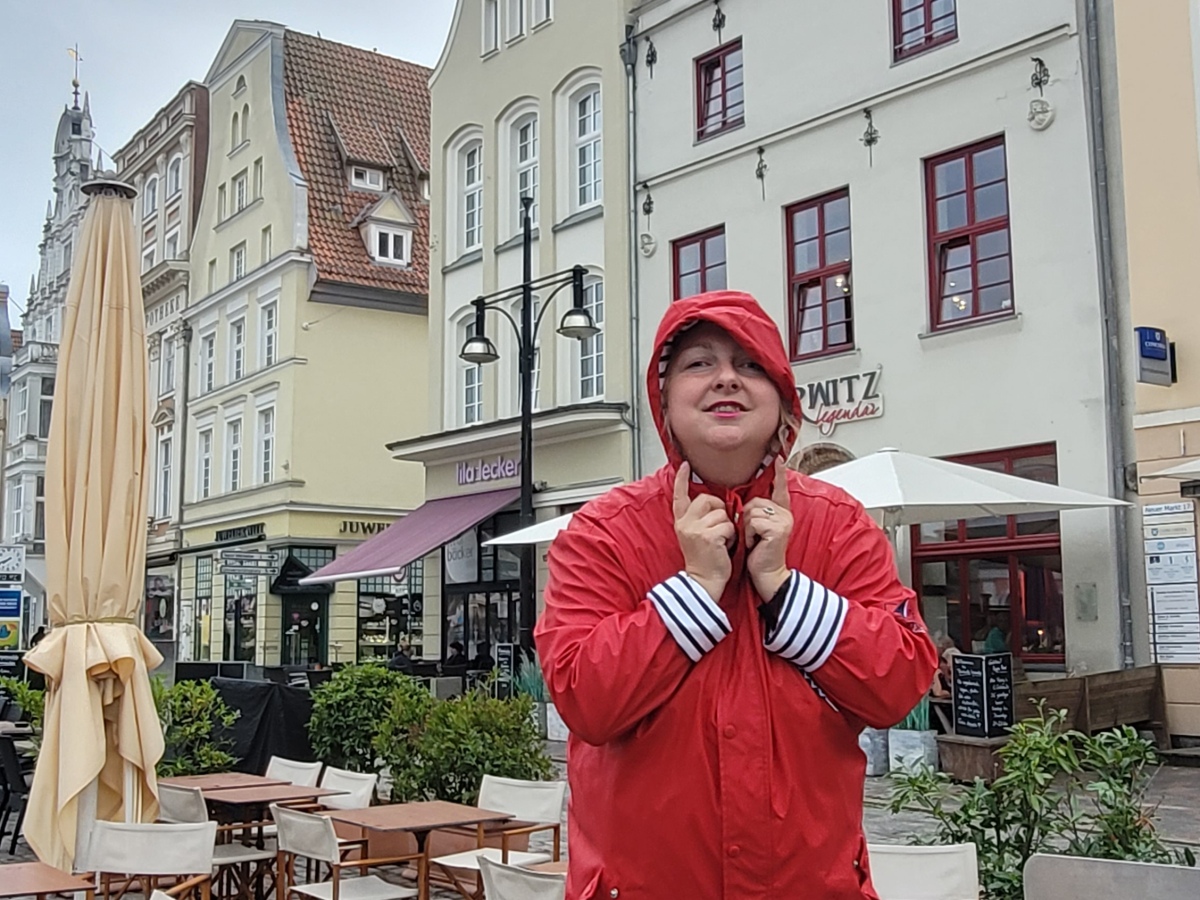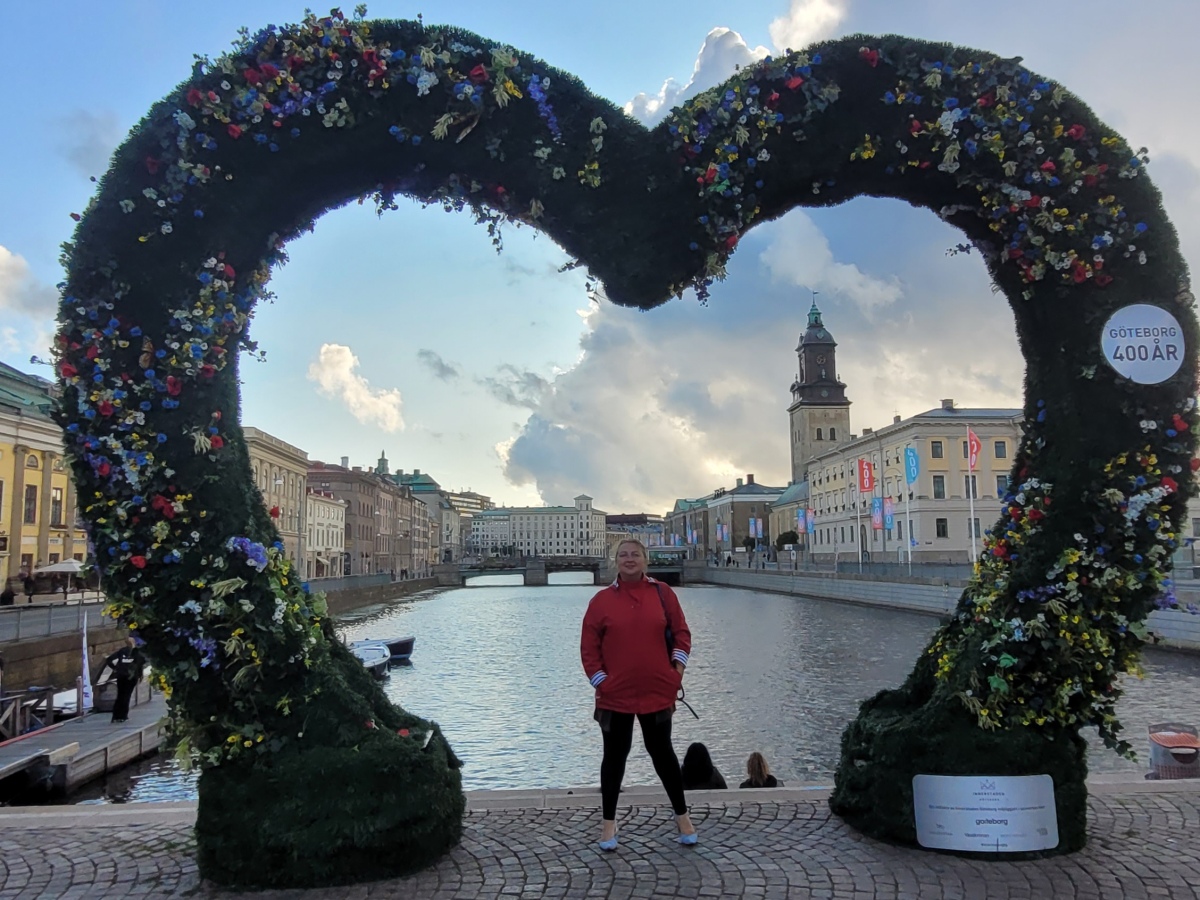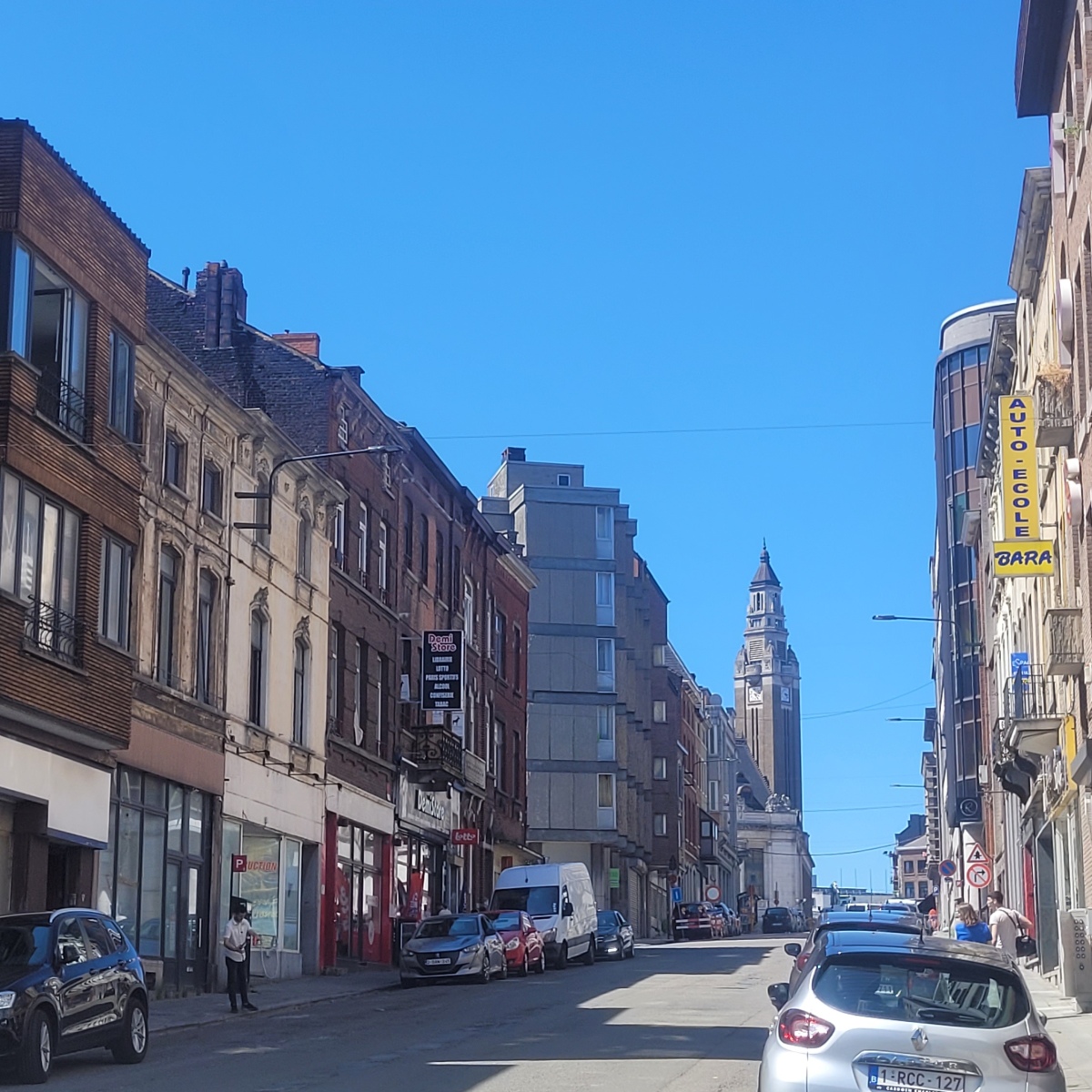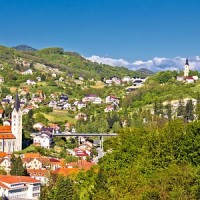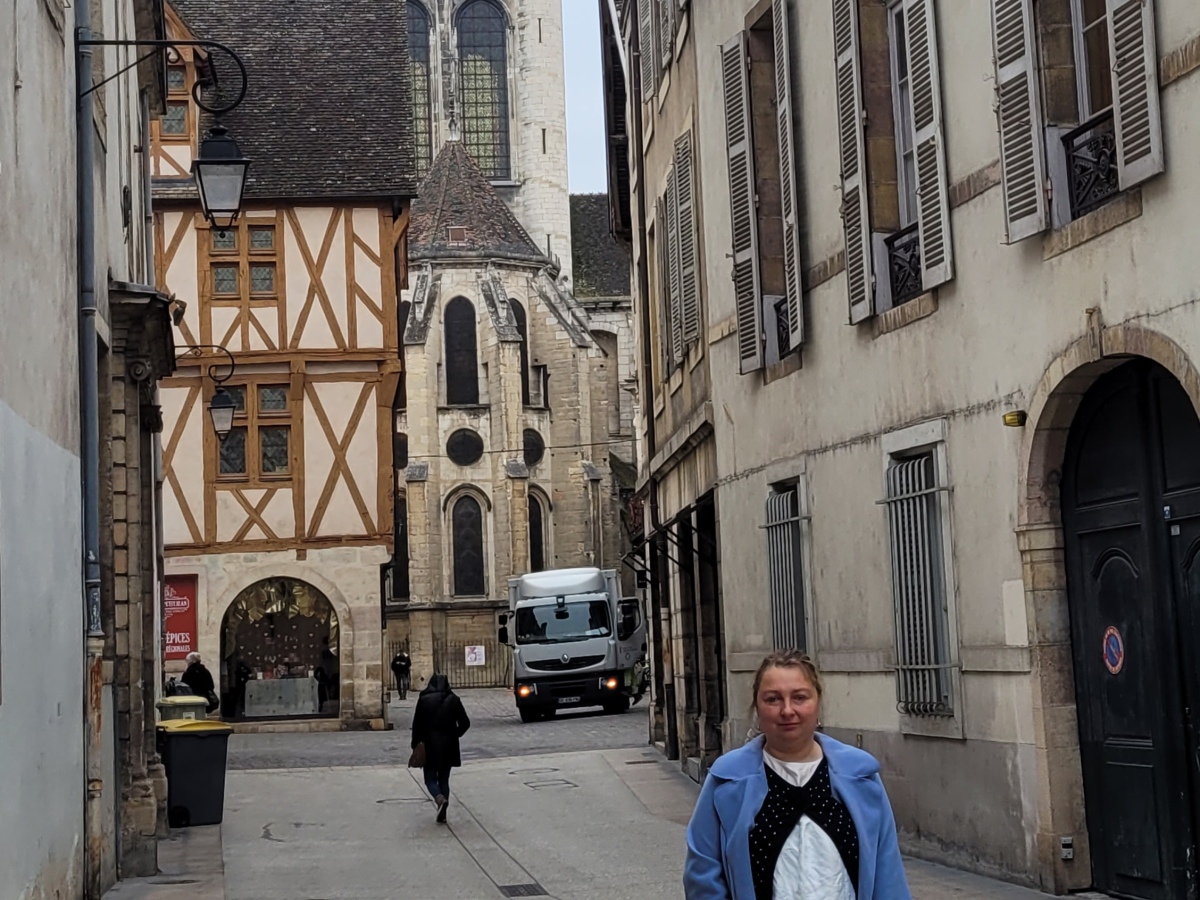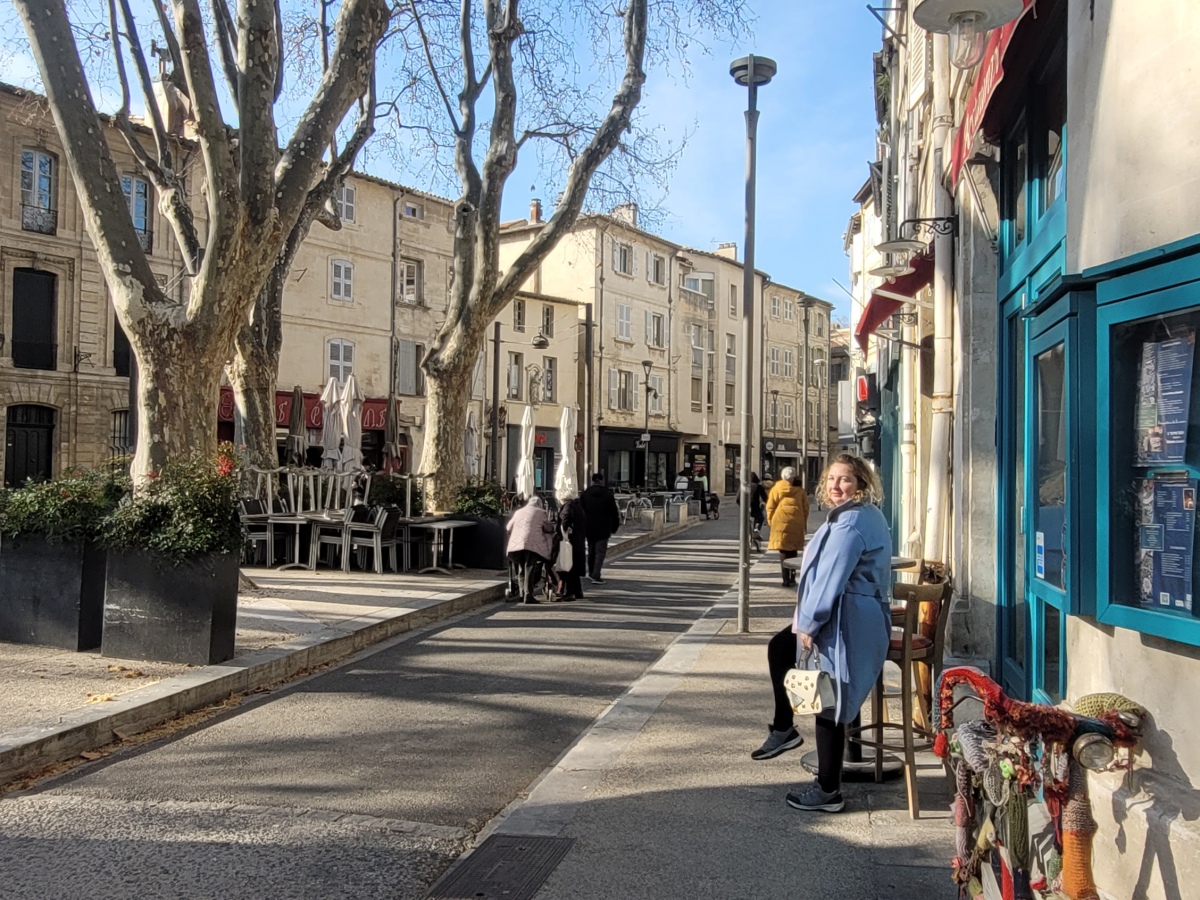Exploring the Franconian wine capital of Bavaria: Würzburg, Germany
Technically, or administratively, the city belongs to the state of Bavaria but truly there is nothing about Lederhosen, Weißwurst, Bier and Biergartens. Würzburg, the wine capital of Franconia in the northwestern tip of Bavaria, will show you that there’s more to life than beer and sausage. The dialect is different, the choice of sausage is…
